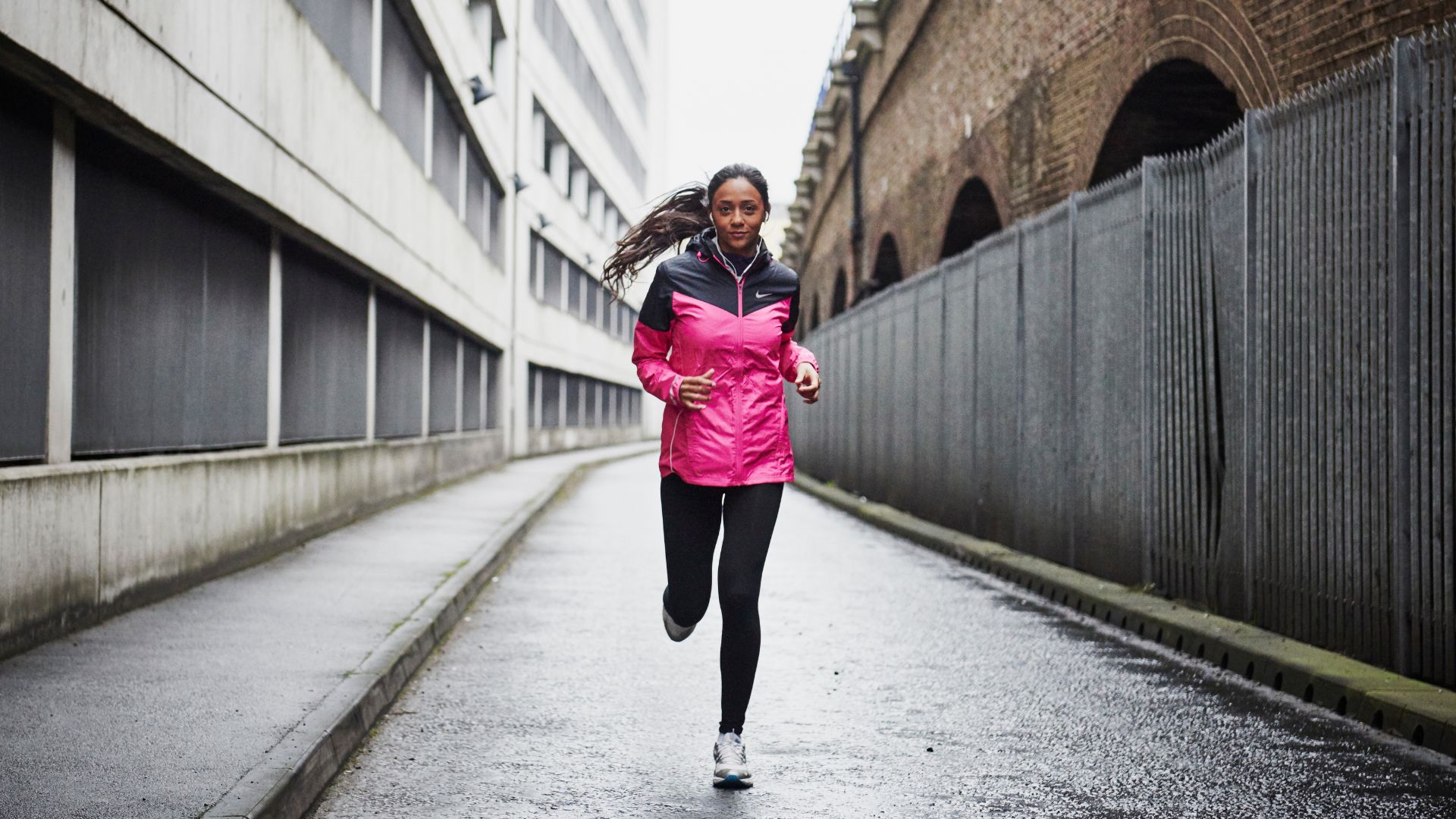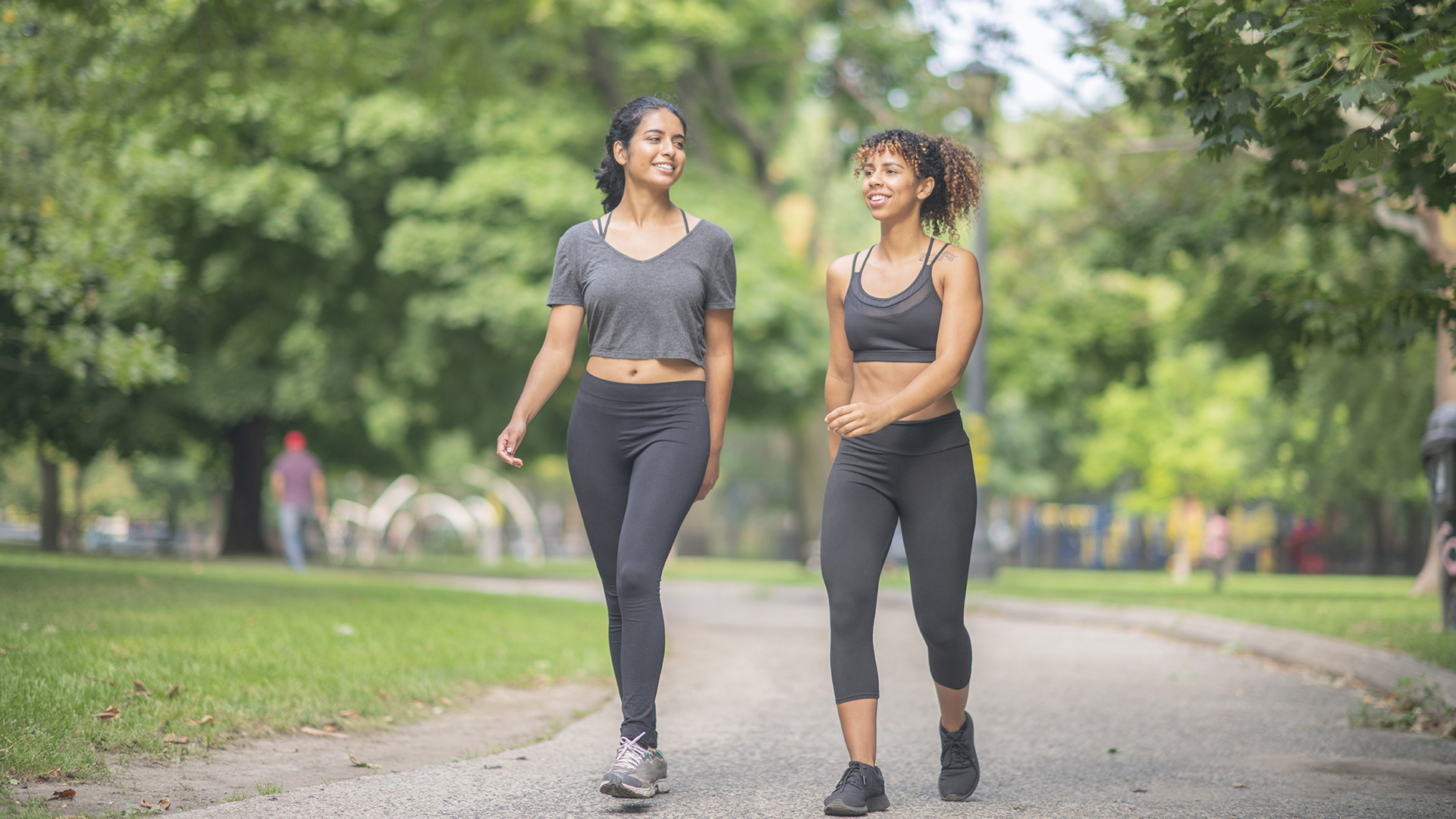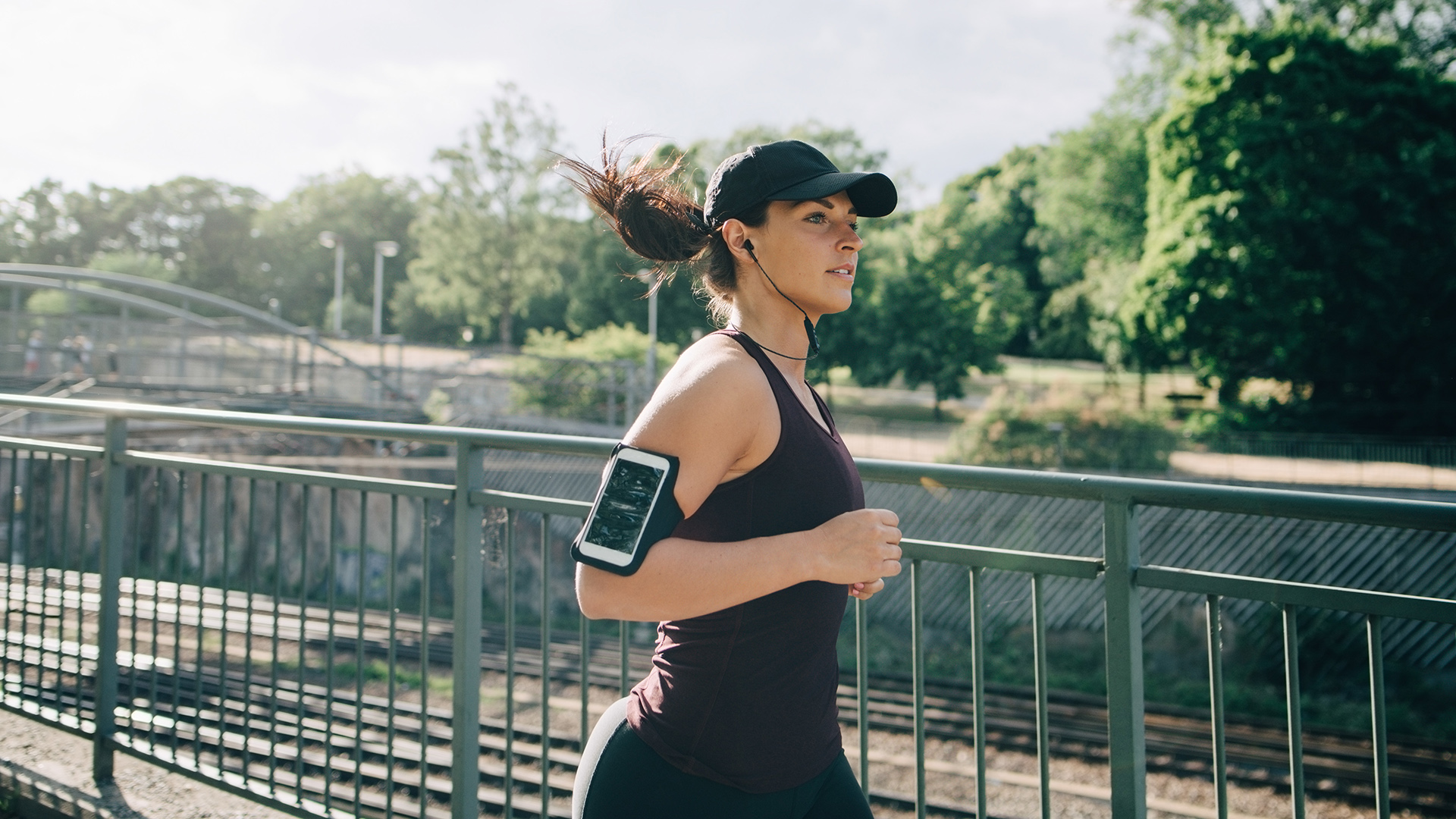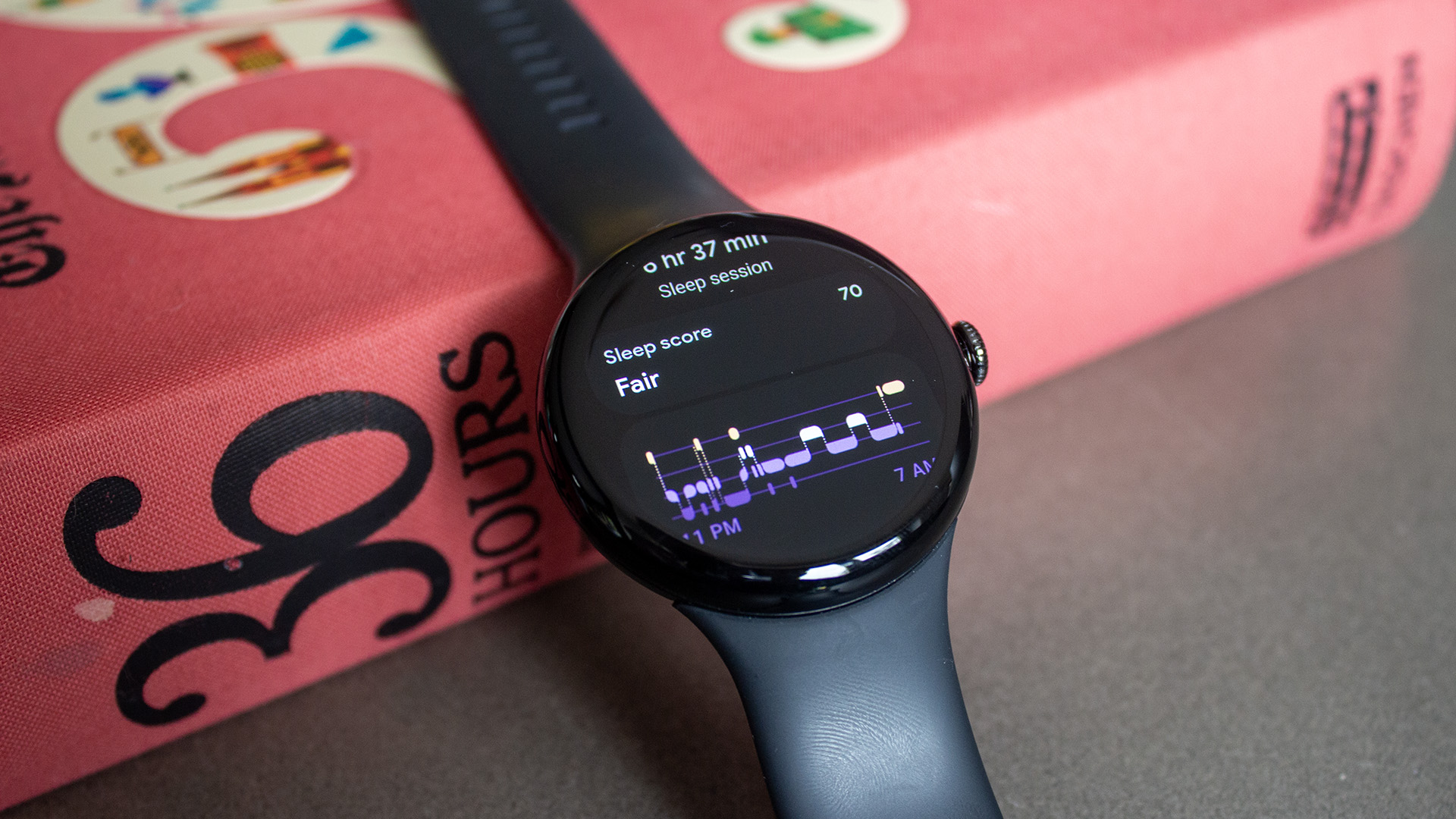

Do you want to increase your running distance, boost your speed, or feel less fatigued post-run? Of course you do! Then you may benefit from jeffing, a running technique that you may have already been doing without even realising.
Although it sounds like some sort of medieval sport, jeffing is actually the combination of running and walking and it can help boost your performance especially if you’re looking to lace up your running shoes for the first time. That being said, seasoned runners can also benefit from it too.
Here’s everything you need to know about this simple, strategic technique…
What is jeffing?
You’re first probably wondering why jeffing is called ‘jeffing’ – well, the technique was founded by former US Olympian runner Jeff Galloway in 1973, who also broke the US 10-mile record (47:49) in the same year.
As mentioned above, jeffing is an interval technique where you blend running and walking into one workout or race. It usually consists of running for one or two minutes, followed by a longer walking period. You would then continue rotating this run-walk pattern for around 20 minutes then, over a while, you would increase your run intervals while shortening your walks.
You may think it sounds similar to ‘Fartlek’ training, which means ‘speed play’ in Swedish. However, Fatlek is where you play around with different speeds and intensities, for example you may sprint, then jog, sprint again, and then walk, so it’s far more random, whereas jeffing is more structured and just consists of running and walking.
Benefits of jeffing

1. It can reduce fatigue
Sign up to the T3 newsletter for smarter living straight to your inbox
Get all the latest news, reviews, deals and buying guides on gorgeous tech, home and active products from the T3 experts
Running is incredibly taxing on the body and, if you’re new to it, the chances are you’re going to get tired (and possibly sore) quite quickly during and after your run. But by adding in walking intervals you’re allowing your body a chance to recover and hold off from muscle breakdown that little bit longer.
This was also evident in a study published in the Journal of Science and Medicine in Sport, as itt found that runners who ran 26.2 miles using the run-walk method reported less muscle soreness post-race than those who ran continuously.
2. Breaks up longer distances
For newbies, even running two kilometres may sound daunting, but by breaking up the distance with run-walk it becomes a lot more manageable, not just physically, but mentally too. The same applies for seasoned runners who are doing longer distances, or marathons.
3. It can boost your speed
According to the Jeff Galloway website, the run-walk method can improve your speed “an average of 7 minutes faster in a 13.1 mile race” and “more than 13 minutes faster in the marathon”. That’s pretty impressive! So, if you're keen to hit a new PB, it could be one to consider.
4. It can give similar results as running continuously
Reverting back to that same study in the Journal of Science and Medicine in Sport, it was reported that those who completed 26.2 miles using the run-walk method had very close finish times to those who ran continuously. Those who used jeffing had a finish time between 4:14-4:34, while those who ran had times ranging from 4:07-4:34. So, not a huge difference at all.
How to get started

Before you head out the door, or two the treadmill, to give jeffing a go you’re going to want to make sure you’ve got a good pair of supportive running shoes on. The Nike Pegasus 40 is a reliable trainer that’s good for beginners and also very affordable. A fitness tracker or running watch is also handy so you can keep track of your distance and time.
A good place for beginners to start is actually with a programme like Couch to 5k, because this includes walking intervals. If you just want to get going though, remember to make sure you begin with shorter runs (one to two minutes) and slightly longer walks. It’s important to start gradually and to make sure you’re doing more walking than running, to help your body to adapt. You can then decrease the walks and increase the runs over time.
If you’re a seasoned runner, as the benefits above show, you can also benefit from jeffing, however, you will need to be a little more strategic. For example, if you have a race coming up you will want to look at the race route, so you can plan your run-walks accordingly. Just remember, the faster you want your finish time to be, the shorter your walks

Bryony’s T3’s official ‘gym-bunny’ and Active Staff Writer, covering all things fitness. She recently completed her Level 3 PT qualification with the PFCA to bring a deeper understanding of training techniques, fitness trends, and wellness advice to her writing. In her spare time, you will find her in her natural habitat - the gym - where her style of training is a hybrid of bodybuilding and powerlifting. Bryony loves writing about accessible workouts, nutrition and testing innovative fitness products that help you reach your fitness goals and take your training to the next level.
-
 Google Pixel Watch 3 just got a potentially life-saving update in the US
Google Pixel Watch 3 just got a potentially life-saving update in the USThe latest update brings advanced heart monitoring to American wrists
By Matt Kollat Published
-
 3 overrated shoulder exercises, according to a fitness expert (and what to do instead)
3 overrated shoulder exercises, according to a fitness expert (and what to do instead)Sculpt 3D shoulders whilst minimising injury with these three alternative exercises
By Bryony Firth-Bernard Published